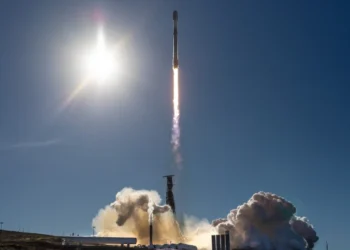Connecticut: For the past century, scientists have been watching the Great Red Spot on Jupiter shrink and trying to figure out why.
Caleb Keoney, a PhD student at Yale University, says the small storms that feed Jupiter’s single largest red spot-like storm may no longer be able to handle the storm.
Caleb and a team of researchers created 3D models of Jupiter’s red spot and used a model called the Explicit Planetary Isentropic-Coordinate (EPIC) model. It is used in studying planetary atmospheres.
The researchers observed that small storms play a role in strengthening and expanding the great red spot, the superstorm. Caleb said, “We found from observation that a large storm can change in size if smaller storms are not able to strengthen it.”
If this is true, then the presence (or lack thereof) of these small storms is changing the size of the red spot, he added. Basically, more small spots, or storms, cause the larger spot to expand, while fewer small storms cause the larger storm to shrink.

























